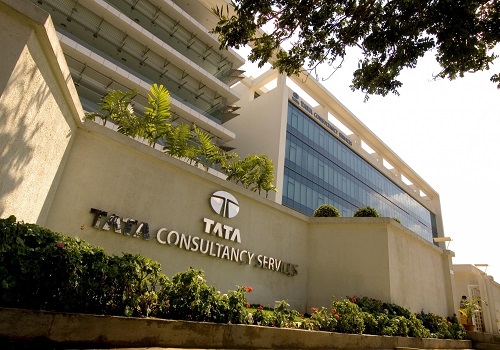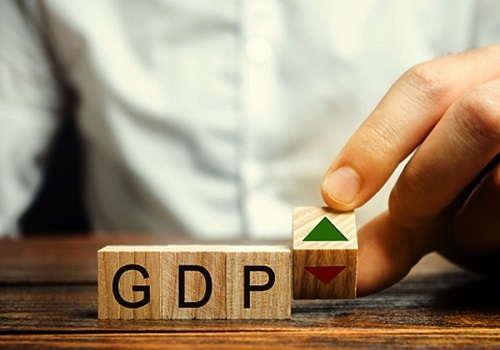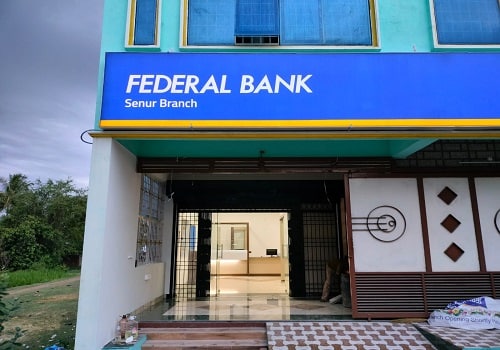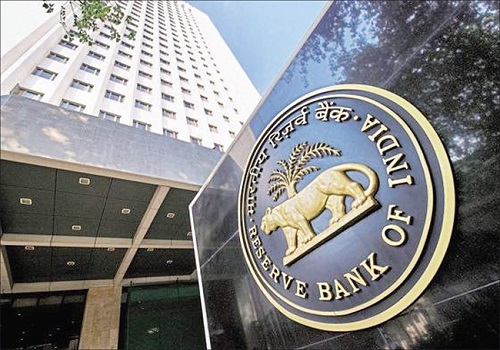India government to stick to February budget targets despite election rebuke
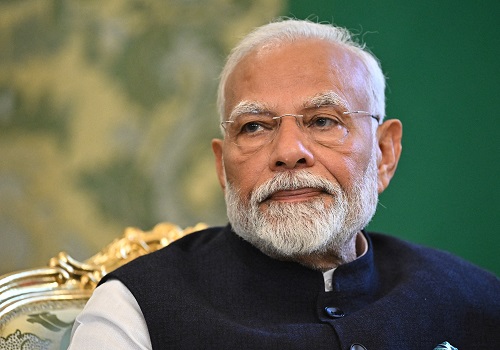
The Indian government remains committed to upholding pre-election borrowing and spending targets in the July 23 budget, despite the ruling Bharatiya Janata Party (BJP) losing its majority in this year's national vote, a Reuters poll found.
While relying on some regional parties to form the government, the BJP has retained most ministers from its second term, signaling continuity in fiscal policy, mostly aimed at boosting economic growth through infrastructure spending.
But a lack of follow-through in private expenditure has worsened India's chronic unemployment problem, a key issue contributing to the recent electoral rebuke given to Prime Minister Narendra Modi's government.
Three-fifths of economists, 27 of 45, said the government will not significantly change its planned spending in the final budget compared to the interim one presented on Feb. 1. The remaining 18 in a July 5-16 Reuters poll expected a change.
"We expect the budget to signal policy continuity and an uncompromising focus on fiscal consolidation, despite the weaker political mandate," said Sonal Varma, chief economist for India at Nomura.
"The first budget of Modi 3.0 will be an important platform for the government to signal its intent on fiscal consolidation, showcase how it plans to manage allies' financial demands and present its vision for the next five years."
Median forecasts in the poll put the fiscal deficit target at 5.10% of gross domestic product (GDP) and gross borrowing at 14.13 trillion rupees ($169.10 billion), exactly the same as the February budget.
Several economists forecast the exact same budget target figures provided by the government prior to the election as well as the previous target for capital expenditure, both in rupees and as a percentage of GDP.
Economists surveyed said the government will stick to its fiscal consolidation path but use a record dividend transfer of 2.11 trillion rupees from the Reserve Bank of India (RBI) - a well-timed major financial windfall - for higher spending.
Two political allies have demanded 480 billion rupees in additional funds for their home states in exchange for parliamentary support, according to a document reviewed by Reuters and a source familiar with the matter.
"Although there is quite some pressure on Modi from his coalition partners...we don't think these are likely to derail the previously announced fiscal consolidation plans. This is because of the greater headroom provided by the RBI dividend payouts," said Alexandra Hermann, economist at Oxford Economics.
"Another motivation (is) the prospect of a rating upgrade. The rating outlook was recently changed to positive from stable by S&P Global Ratings. We doubt the government will jeopardise it intentionally."
India's sovereign credit rating is just one notch above junk. Federal and state government debt together amounts to around 80% of GDP, higher than most similarly-rated emerging economies.
The government was also expected to stick to its record capital expenditure of 11.11 trillion rupees, or 3.40% of GDP, on infrastructure investment.
"While maintaining focus on capex, we think the government will use increased receipts to fund higher revenue spending, balancing economic and political needs," said Shreya Sodhani, regional economist at Barclays Bank.
(Other stories from the Reuters global economic poll)
($1 = 83.5605 Indian rupees)


